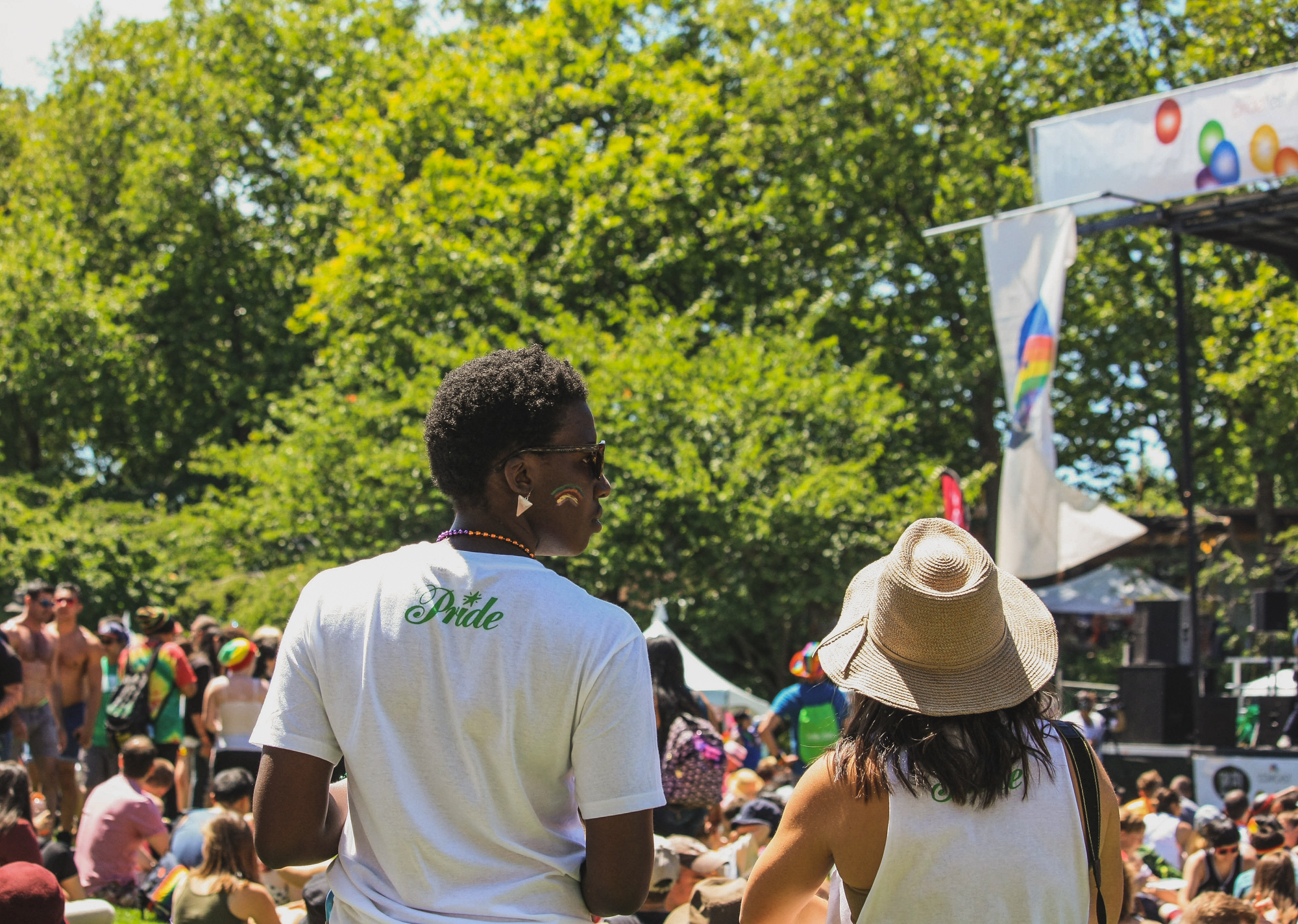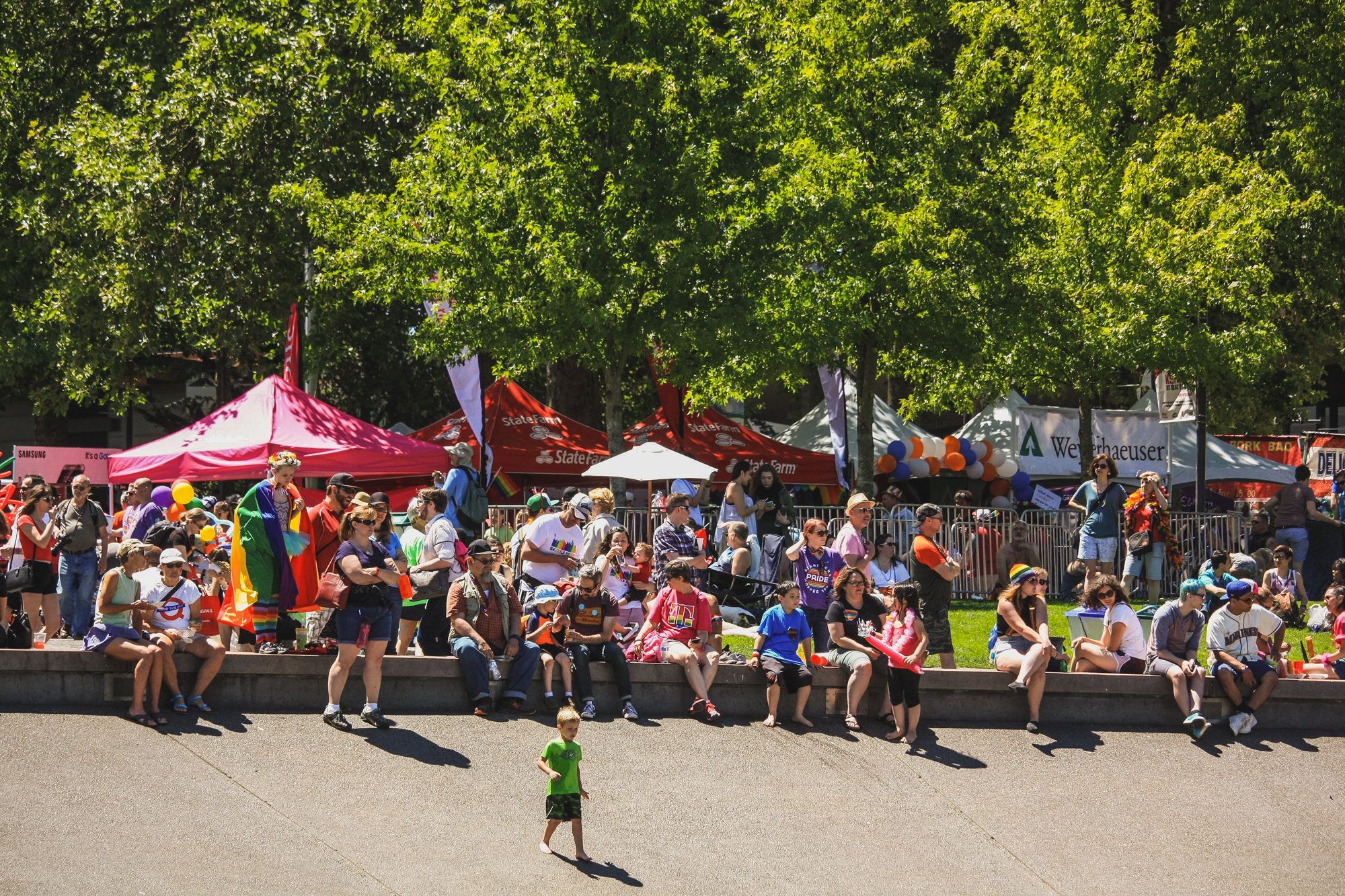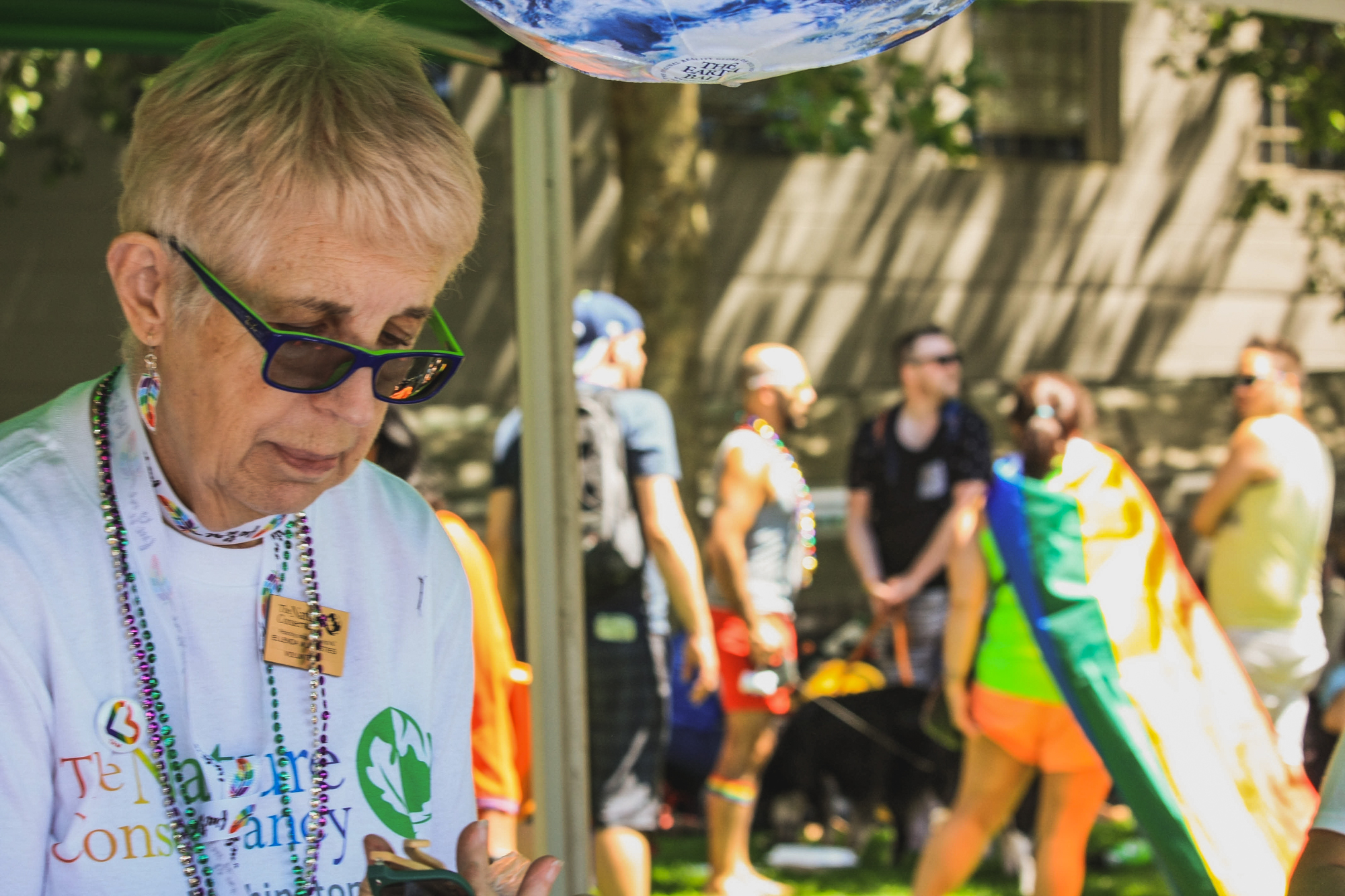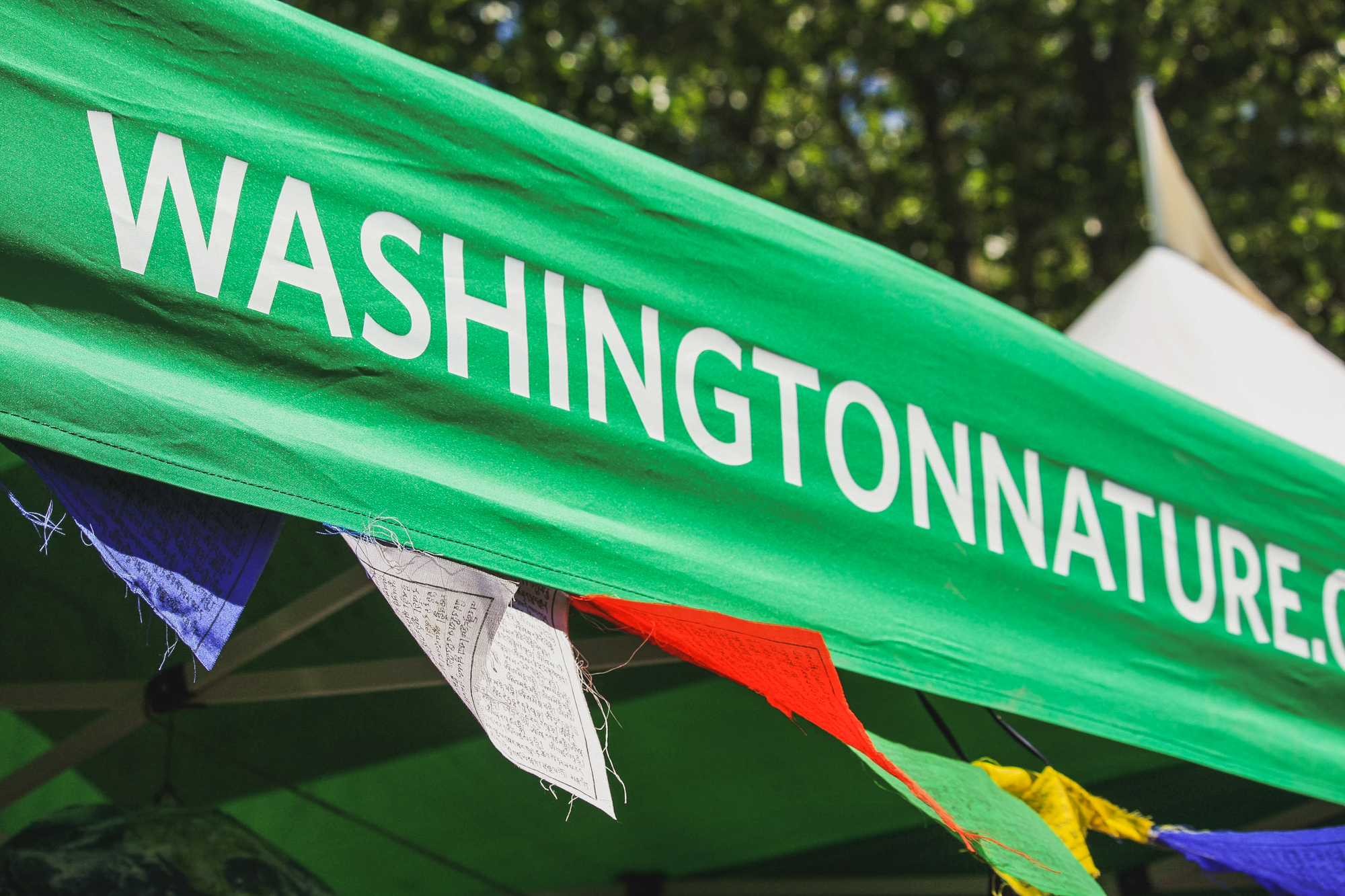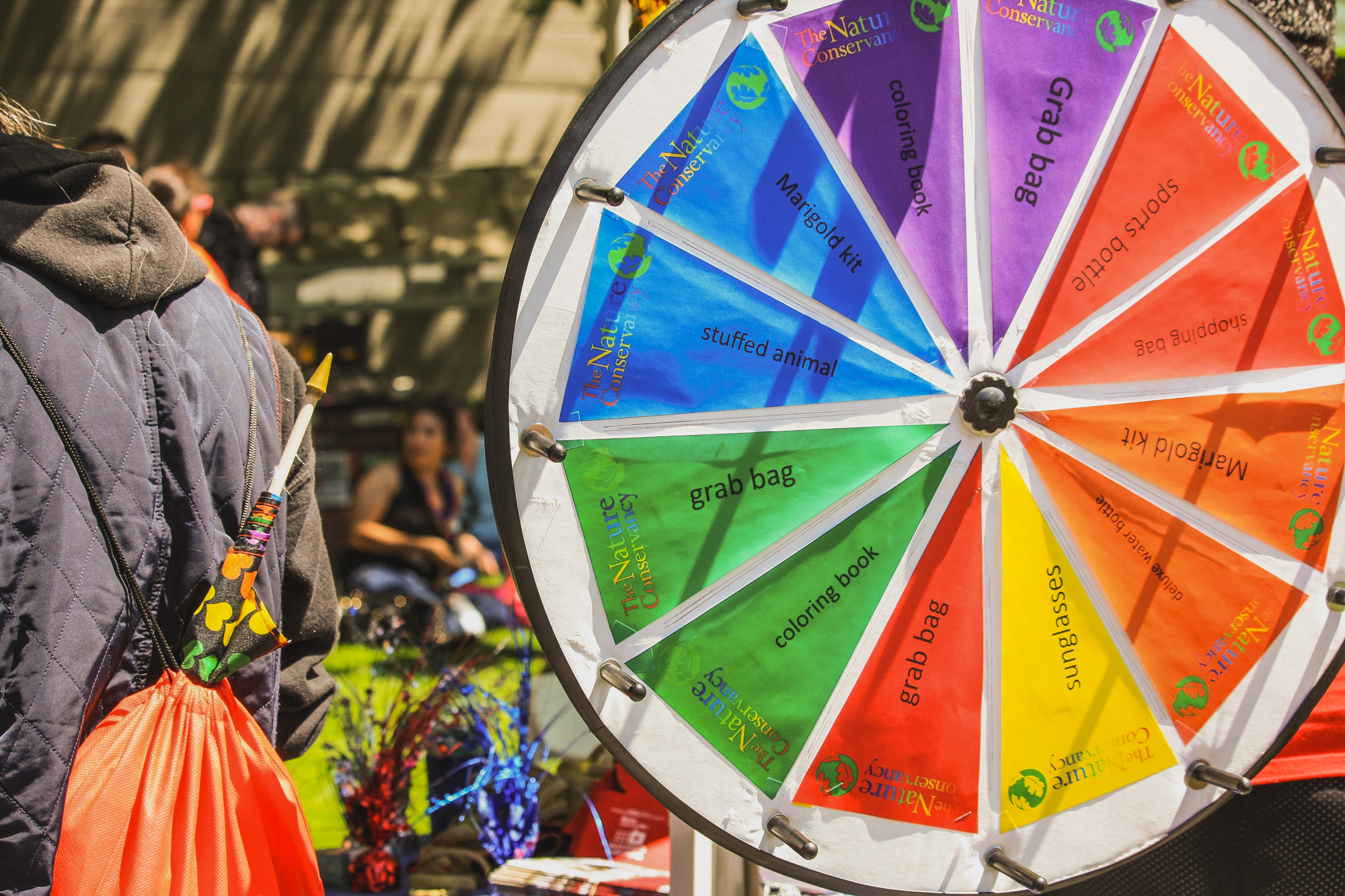Mike Schaefer, Trustee for TNC Washington reflects on his 40+ years of activism in the LGBTQ+ community, his passion for the environment, and how the lessons he has learned have overlapped between the two.
We’re Celebrating Pride Month, With Pride
Nature's non-binary fluidity in our global oceans
Seattle's Pride Parade in Photos and Video
Take Pride in Nature: A Lesson in Hope
Written by Cailin MacKenzie, Volunteer
Photographed by Pallavi Shoroff, Northwest Photographer
Last year, Seattle Pride soared on momentum from the federal legalization of same-sex marriage. Just ten years before, same-sex marriage was only legal in Massachusetts, and 37 states had a legal ban in place. Prior to the Supreme Court ruling on June 26, 2015, 37 states had already legalized same-sex marriage with only 13 states still banning it. This incredibly rapid policy turnaround is a testament to the power of people standing together in hope to change minds and celebrate love. The movement’s victory vitalized Pride 2015 into a jubilant festival acclaiming the differences that make our human family vibrant and whole.
In contrast, this year’s celebration was darkened by the loss of 50 members of this human family in Orlando. This attack targeting LGBT people of color left a somber and poignant undercurrent to Pride 2016. The traditionally rousing performances were punctuated with spoken poetry and tender songs offering remembrance and renewed commitment to human rights. Given the bomb threat at Los Angeles Pride, the attendance of thousands of Washingtonians at Seattle Pride, bolstered by the incredible support of the Seattle Police Department, demonstrated the solidarity, resilience, and hope that are possible when we unite on common ground: love.
Nature unites us the same way that love does, and requires the same solidarity, resilience and hope in its advocates. The environmental movement can learn from the LGBT movement and stay grounded in the concrete actions that provide solid hope for a healthy future. Environmental problems are inherently human problems, and their solutions require working together in hope.
At Pride 2016, The Nature Conservancy connected with hundreds of diverse people that were passionate about protecting our threatened lands and waters. People showed active interest in upcoming volunteer opportunities and the Conservancy’s commitment to diversity and inclusion in its employment and partnership. Uniting these diverse stakeholders in hope will help us reaffirm our common ground and re-learn how to live with nature.
Seattle PrideFest 2015
Tell us why you love nature!
Video by Cailin Mackenzie, GLOBE intern
Our short video celebrating diversity and conservation! A compilation of clips from our booth at Seattle’s 2015 PrideFest.
A Lifetime of Pride: Diversity Matters
Celebrating Diversity in Conservation
Written by Cailin Mackenzie, GLOBE Intern
Photograph by Rafael Araujo (Brazil), (2 & 3) Ami Vitale (Kenya & Canada), Erika Nortemann (Canada), Ted Wood (Australia)
What does Pride have to do with conservation? Pride 2015 celebrates the joys and challenges of human diversity and exemplifies the possibilities when different people work together to achieve tangible success like the historic Supreme Court decision to uphold same-sex marriage. The Nature Conservancy actively works to be just as diverse and complex as the lands and waters we protect. Indigenous peoples populate nearly a quarter of the world’s area and live alongside 80% of the world’s biodiversity and our long history of collaboration with these communities has had a remarkable impact.
Washington tribes have been critical in our work to repair marine, riparian, and terrestrial function.
- Our Emerald Edge program facilitates trans-border conservation to empower young indigenous leaders and sustainably secure the future of the largest intact temperate rainforest in the world.
- The Quinault tribe works with us to protect blueback salmon habitat and remove derelict crab pots protecting crustaceans and mammals.
- We partner with the Makah tribe on a streamlined vessel traffic system to minimize oil spill risks.
Around the world the Conservancy relies on the unique knowledge of our partners broaden, deepen, and inform our work:
- In Brazil, we helped inaugurate the Amazon Indigenous Training Center to pass on traditional ecological knowledge and protect indigenous land management.
- In Australia, we are promoting traditional indigenous fire strategies for long-term land management, and have helped secure more that 23.5 million acres of Indigenous Protected Areas.
- In Kenya, we support a community conservation network that marries wildlife protection, land management and sustainable agriculture, benefitting more that 320,000 people on 7.4 million acres.
Biodiversity is imperative for its symbiosis – nature’s divergence works together to strengthen the whole, and conservation needs to mimic this identity. We promote our internal diversity with celebrations, employee resource groups, internship programs, and recruitment resources to increase the resonance and applicability of our perspective. Celebrating what makes us different is a critical and too-often overlooked component of successful conservation. What makes you different?
Happy Pride!










